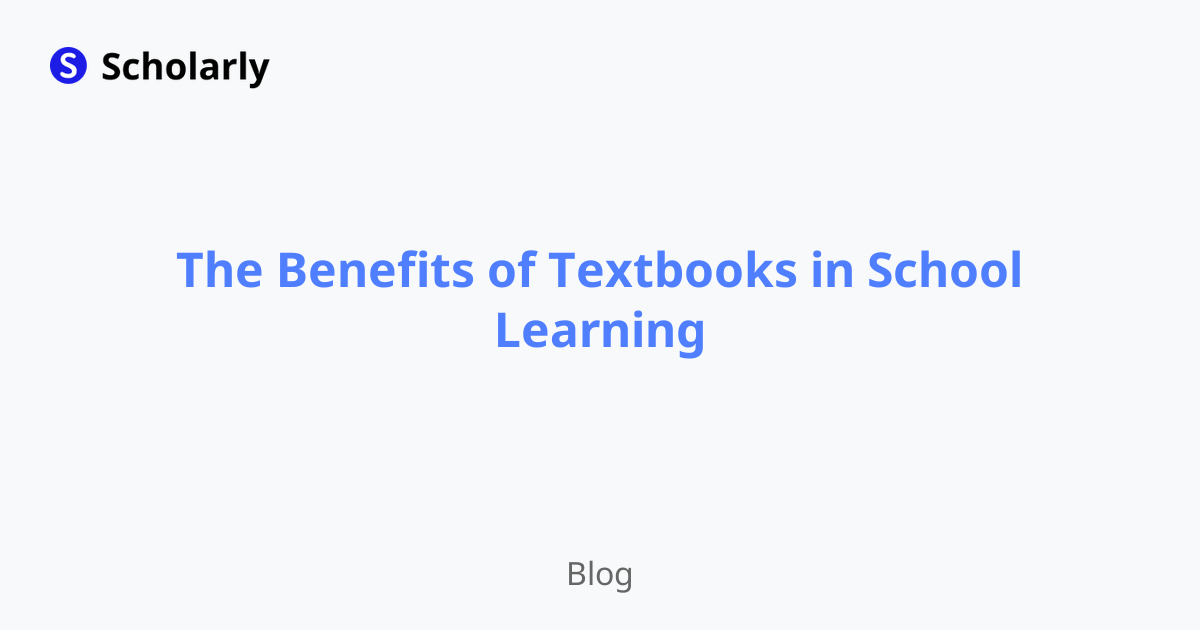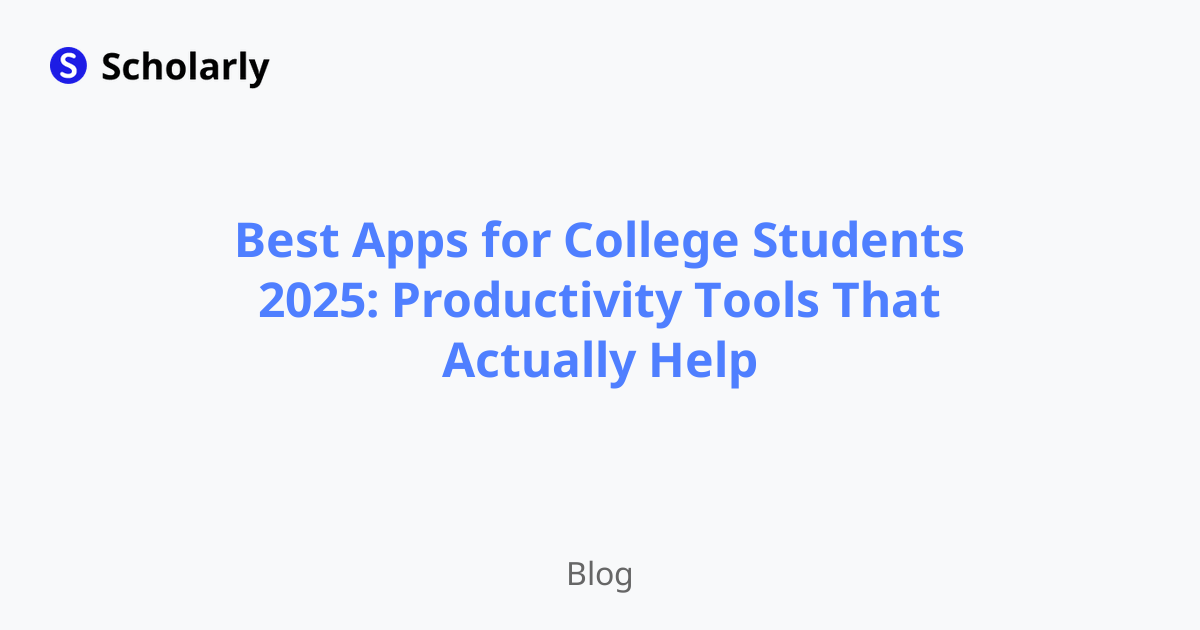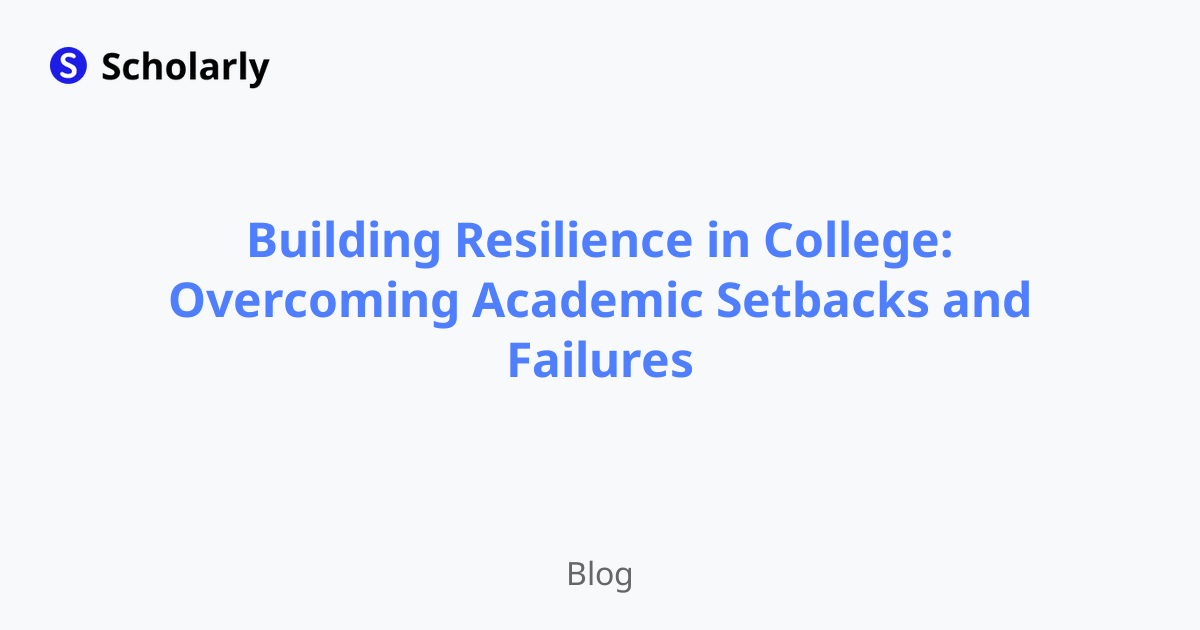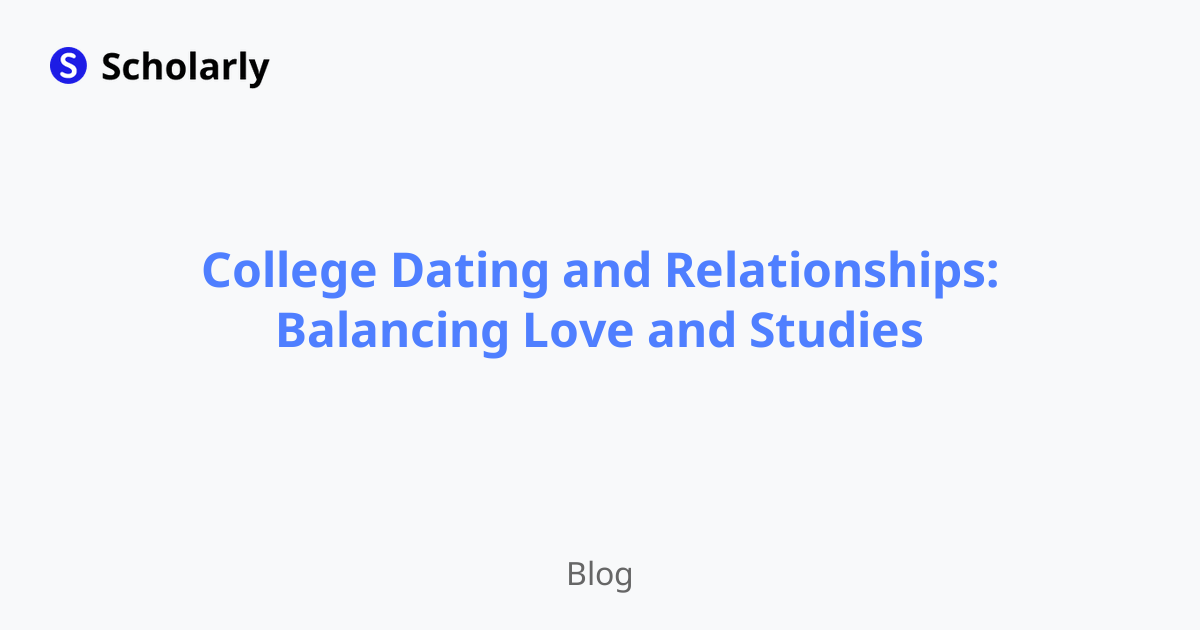The Benefits of Textbooks in School Learning
Discover how textbooks can enhance the learning experience in schools and provide students with numerous benefits.

Introduction
In the age of digitalization and online resources, textbooks remain a fundamental tool in school learning. Despite the availability of digital materials, textbooks continue to provide unique benefits that contribute to students' academic success. In this article, we will explore the benefits of textbooks in school learning and highlight their significance in the educational landscape.
History
Past State: In the past, textbooks were the primary source of information for students. These physical books contained comprehensive and structured content, enabling students to study a subject thoroughly. They were accessible, portable, and served as a reliable resource for both teachers and learners.
Current State: With advances in technology, digital resources have gained popularity. However, textbooks continue to play a crucial role in education. They have evolved to incorporate multimedia elements and interactive features while maintaining their core purpose of delivering information in a structured format.
Future State: Looking ahead, textbooks are likely to incorporate more technology-driven features, such as augmented reality and interactive quizzes. These advancements will enhance students' learning experiences, providing a balance between traditional content and digital interactivity. Artificial intelligence (AI) will also play a significant role in content personalization and adaptive learning, tailoring textbooks to suit individual learning needs.
Benefits
Textbooks offer several benefits that positively contribute to the learning process. Let's explore some of these benefits:
Comprehensive Coverage: Textbooks provide comprehensive coverage of a subject, ensuring students have access to all the necessary information. They are carefully curated by subject experts and undergo rigorous academic review.
Structured Content: Textbooks present information in a structured manner, organizing concepts, theories, and examples in a logical sequence. This structure helps students understand the subject's hierarchy and grasp complex topics more effectively.
Physical and Tangible: Unlike digital resources, textbooks are physical and tangible. Students can highlight important sections, take notes, and refer to specific pages easily. This tactile interaction enhances memory retention and increases engagement.
Offline Accessibility: Textbooks do not require an internet connection, making them accessible in areas with limited connectivity. This accessibility ensures uninterrupted learning and allows students to study even during internet outages.
Reliability and Accuracy: Textbooks undergo rigorous fact-checking and review processes, ensuring the accuracy and reliability of the information presented. This reliability builds trust among students and educators.
Significance
The significance of textbooks in school learning cannot be underestimated. Here are some key reasons why textbooks remain an essential educational tool:
Foundational Knowledge: Textbooks provide students with a solid foundation of knowledge in various subjects, setting the stage for further learning and exploration.
Critical Thinking: Textbooks promote critical thinking skills by presenting different perspectives, challenging assumptions, and encouraging analysis. They require students to engage actively with the content and develop their critical thinking abilities.
Independent Learning: Textbooks empower students to learn independently. They can delve into the content at their own pace, revisit sections when needed, and consolidate their understanding through self-guided study.
Reference Material: Textbooks serve as valuable reference materials throughout a student's academic journey. Even when digital resources are available, textbooks provide a reliable and comprehensive source for research and study.
Supplemental Material: Teachers can use textbooks as supplemental materials to augment classroom instruction. They can assign readings, exercises, and projects from textbooks to reinforce and supplement classroom learning.
Best Practices
To maximize the benefits of textbooks in school learning, here are some best practices:
Active Reading: Encourage students to actively engage with the textbook content by highlighting key points, making annotations, and summarizing each section.
Interactive Discussions: Incorporate classroom discussions where students can share their insights and ask questions related to the textbook material. This promotes a deeper understanding of the subject.
Integration with Digital Resources: Combine the use of textbooks with digital resources to provide a well-rounded learning experience. Online quizzes, interactive simulations, and video tutorials can complement the textbook content.
Regular Check-ins: Regularly check in with students to ensure they are keeping up with the assigned textbook readings. Provide guidance and clarify any doubts or misconceptions.
Application of Knowledge: Encourage students to apply the knowledge gained from the textbooks in real-life scenarios. Assign projects, case studies, or research assignments that require the application of textbook concepts.
Pros and Cons
While textbooks offer numerous benefits, it is essential to consider both the pros and cons:
Pros:
- Structured and comprehensive content
- Tangible and tactile interaction
- Reliable and accurate information
- Offline accessibility
- Promotes critical thinking
Cons:
- Can become outdated quickly
- Limited interactive features compared to digital resources
- Heavy and bulky for students to carry
- Costly to regularly update and replace
- May not cater to individual learning needs
Comparison
In the world of textbooks, various options cater to students' diverse needs. Let's compare some popular textbook publishers:
Pearson Education: Pearson Education is a trusted publisher offering textbooks covering a wide range of subjects. Their textbooks incorporate multimedia elements, online resources, and interactive activities for enhanced learning.
McGraw-Hill Education: McGraw-Hill Education provides comprehensive textbooks with a focus on student-centered learning. They offer digital platforms and interactive content to support classroom instruction.
Oxford University Press: Oxford University Press offers academically rigorous textbooks across various disciplines. Their textbooks emphasize critical thinking and incorporate real-world examples and case studies.
Cengage Learning: Cengage Learning provides textbooks with interactive features such as online quizzes, video tutorials, and personalized learning tools. Their textbooks cater to different learning styles and offer adaptive learning solutions.
Houghton Mifflin Harcourt: Houghton Mifflin Harcourt publishes textbooks that integrate technology and interactive features. They focus on engaging students through multimedia content and personalized learning experiences.
AI Impact
Artificial intelligence (AI) has the potential to revolutionize the textbook industry and further enhance its benefits. Here are some ways AI can impact textbooks in the future:
AI Applications: AI can be used to develop intelligent tutoring systems embedded within textbooks. These systems can provide personalized recommendations, adaptive learning paths, and instant feedback to students.
AI Techniques: Natural language processing (NLP) and machine learning algorithms can be employed to analyze students' reading patterns and comprehension levels. This data can help tailor textbook content and highlight areas that require further attention.
AI Benefits: AI-powered textbooks can cater to diverse learning needs and adapt to individual students' pace and learning styles. They can also provide interactive simulations, virtual experiments, and immersive learning experiences.
AI Challenges: Implementing AI in textbooks comes with challenges such as data privacy, accessibility, and ensuring ethical use of AI. It requires careful consideration of these factors to create safe and inclusive AI-powered textbooks.
AI Online Apps: Several online apps and platforms leverage AI to optimize the learning experience. Scholarly, for example, offers AI-generated flashcards, text completion, and auto-complete features to assist students in their studies.
Conclusion
Textbooks continue to play a vital role in school learning, offering comprehensive coverage, structured content, and tangible interaction. They provide students with foundational knowledge, promote critical thinking, and empower independent learning. While digital resources have their place, textbooks remain a reliable and essential tool in education. As technology evolves, AI will bring new possibilities, enhancing textbooks' benefits and personalized learning experiences. By incorporating best practices and leveraging AI-powered resources like Scholarly, educators can optimize the use of textbooks and ensure students' academic success.
Try Our Popular AI Study Tools
Transform your study materials into interactive learning experiences with our most popular AI-powered tools:
PDF to Flashcards
Convert lecture notes and textbooks into study flashcards instantly
Text to Flashcards
Turn any text or notes into comprehensive flashcard sets
Image to Flashcards
Convert diagrams and handwritten notes into digital flashcards
YouTube to Flashcards
Generate flashcards from educational video content



